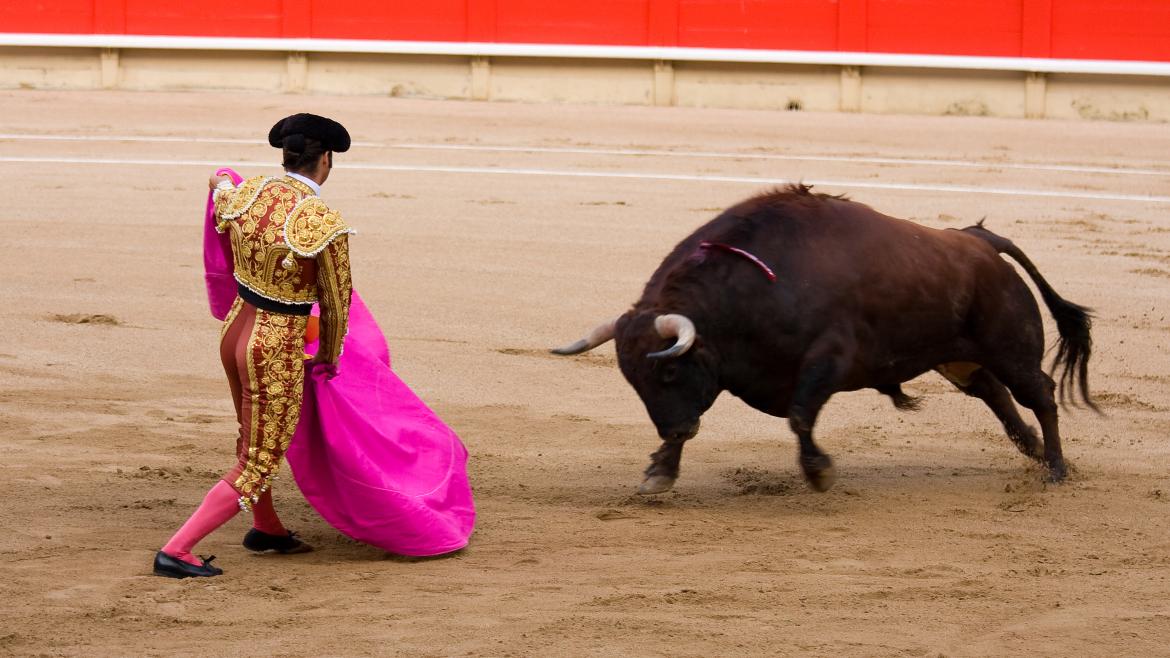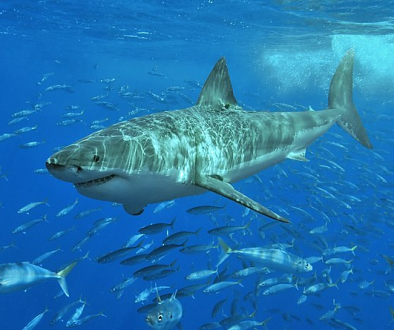The Dark Reality of Bullfighting: A Cruel Tradition That Must End

Bullfighting: A Cruel Tradition That Needs to End
Bullfighting is a practice that has long been justified as a cultural tradition, but it’s time for the world to wake up to the reality of what it truly is: a brutal, inhumane spectacle that inflicts unimaginable suffering on innocent animals.
Recently, Colombia made a bold and important move by joining the growing list of countries that have banned bullfighting. This is a huge victory for animal rights, and it signals that the world is starting to take a stand against this barbaric practice. Sadly, there are still seven countries where bullfighting is allowed, including Mexico, Ecuador, Venezuela, Peru, Spain, France, and Portugal. It’s time for these countries to follow Colombia’s lead and put an end to the cruelty disguised as “art” and “culture.”
What Is Bullfighting, and Why Is It So Cruel?
At its core, bullfighting is a bloodsport that involves torturing and killing a bull for entertainment. The bull is repeatedly stabbed and weakened by picadors (on horseback) and banderilleros (on foot), before the matador steps in to deliver the final, often fatal, blow. The entire event is designed to break the bull physically and emotionally, forcing it to suffer until it can no longer fight back.
The thing that makes bullfighting particularly disturbing is that it’s not a quick death—it’s a slow and agonizing process. The bull is systematically tortured while an audience watches and cheers. It’s almost hard to believe that in this day and age, this kind of spectacle is still celebrated as a form of tradition or art.
Why We Shouldn’t Tolerate It
The normalization of bullfighting, especially in some countries, is one of the reasons it’s so difficult to eradicate. Many people grow up watching bullfights and are taught that it’s part of their culture, an expression of national pride. But just because something has been done for centuries doesn’t make it right.
What’s even more troubling is that bullfighting is often marketed as a family-friendly event. Children are brought to these events and, in many cases, grow up believing that it’s acceptable to treat animals this way for the sake of entertainment. This sets a dangerous precedent for future generations, desensitizing them to violence and reinforcing the idea that animals’ lives don’t matter.
The Global Shift: More Countries Are Saying “No” to Bullfighting
Colombia’s recent decision to ban bullfighting is an inspiring step forward. It shows that we, as a global society, are starting to prioritize the welfare of animals over outdated traditions that no longer have a place in our world. But there’s still more work to be done.
Mexico, Ecuador, Venezuela, Peru, Spain, France, and Portugal are among the few countries that continue to allow bullfighting. It’s time for them to join the ranks of countries that have said enough is enough. Bullfighting may have been a part of history, but that doesn’t mean it has any place in our modern world.
Why It’s Important to End Bullfighting
Bullfighting is not just cruel—it’s also a symbol of a culture that glorifies violence against animals. When we allow these spectacles to continue, we are telling future generations that it’s okay to hurt animals for fun, that their suffering is justifiable in the name of entertainment. We should not continue to normalize such barbarism, especially in front of children.
It’s time for us all to take a stand against bullfighting. There are so many better ways to celebrate culture and tradition without causing harm to innocent animals. Whether it’s through art, music, or other forms of expression, we can honor our history without perpetuating cruelty.
The Way Forward
The world is changing, and more and more people are waking up to the need for animal protection. Countries like Colombia are showing us that it’s possible to move forward, to evolve, and to leave behind practices that no longer serve us. The next step is for the remaining countries to do the same.
Bullfighting is a thing of the past. Let’s make sure it stays there, where it belongs. Let’s stand together and work toward a future where no animal is subjected to such needless suffering. The time to act is now.



